May 30, 2025 | 13:15 GMT +7
May 30, 2025 | 13:15 GMT +7
Hotline: 0913.378.918
May 30, 2025 | 13:15 GMT +7
Hotline: 0913.378.918
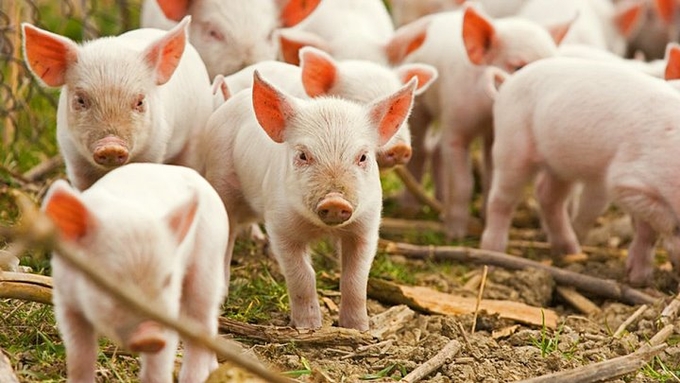
The latest live pig prices in all three regions on December 10, 2024
The live pig market in the North continues to rise compared to yesterday.
Accordingly, the live pig prices in Thai Nguyen and Thai Binh increased by VND 1,000, reaching VND 65,000/kg, the highest in the country.
Similarly, traders in Lao Cai and Phu Tho also increased their prices by VND 1,000, buying at VND 63,000 and VND 64,000/kg, respectively.
The prices in other regions remained unchanged.
Thus, the live pig prices in the North on December 10, 2024, are trading at VND 62,000 - 65,000/kg.
The live pig market in the Central and Central Highlands regions increased by up to VND 2,000 compared to yesterday.
Specifically, the price of live pigs in Thanh Hoa, Nghe An, Lam Dong, and Binh Thuan rose by VND 1,000, reaching VND 64,000/kg.
After a VND 2,000 increase, traders in Quang Ngai have raised their prices to VND 63,000/kg.
Other regions also saw a uniform increase of VND 1,000.
Thus, the live pig prices in the Central and Central Highlands regions on December 10, 2024, are being purchased around VND 61,000 - 64,000/kg.
The live pig market in the South continued to increase slightly compared to yesterday.
Specifically, the price of live pigs in Dong Nai, Binh Duong, Tay Ninh, Vung Tau, and Long An rose by VND 1,000, reaching VND 64,000/kg.
With the same increase, traders in Binh Phuoc and Ho Chi Minh City also purchased at VND 63,000/kg.
Other regions kept the same live pig prices as yesterday.
Thus, the live pig prices in the South on December 10, 2024, are being traded in the range of VND 61,000 - 64,000/kg.
$ 1 = VND 25.140 - Source: Vietcombank.
Translated by Hoang Duy
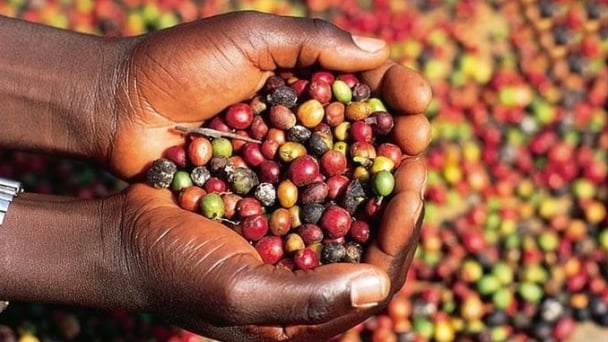
(VAN) Coffee prices on May 29, 2025, are fluctuating. The domestic coffee market declined, dropping by VND 2,200, trading at VND 119,700 – VND 120,000/kg.
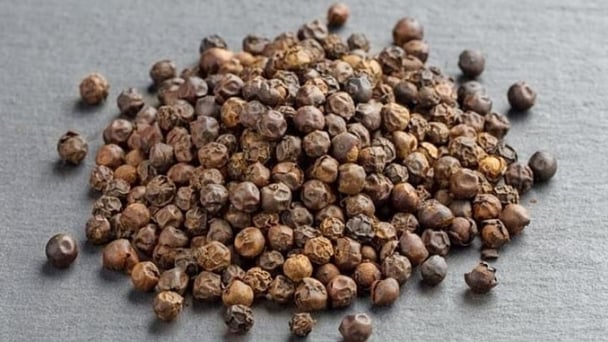
(VAN) Pepper prices on May 29, 2025 declined sharply. Domestic pepper prices in Vietnam remain stable, Trading at VND 147,000 to VND 148,000/kg.

(VAN) Rubber prices on May 28, 2025 are maintaining an upward trend. Domestic latex prices remain stable, trading in the range of VND 397 to VND 462/TSC.
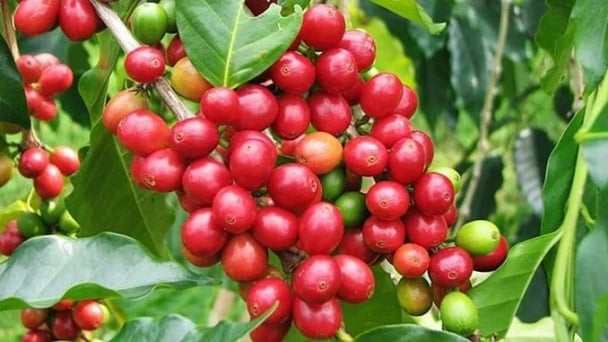
(VAN) Coffee prices on May 28, 2025, show mixed movements. Domestically, prices dropped sharply by VND 1,600, trading at VND 121,700 – VND 122,200/kg.

(VAN) Pepper prices on May 28, 2025, remained unchanged globally. Domestic pepper prices have increased by VND 1,500, trading at VND 147,000 – VND 148,000/kg.
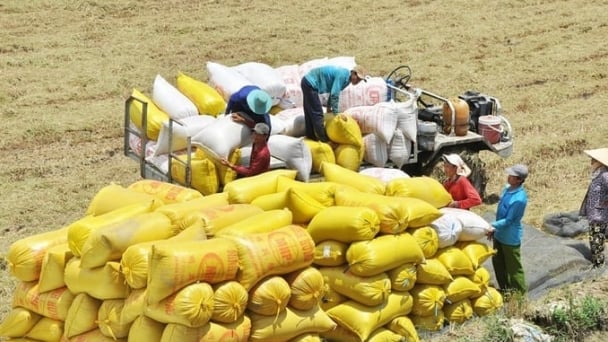
(VAN) Rice prices on May 27, 2025, show no new changes for both paddy and milled rice. Meanwhile, Vietnam’s export rice prices continue to remain flat.
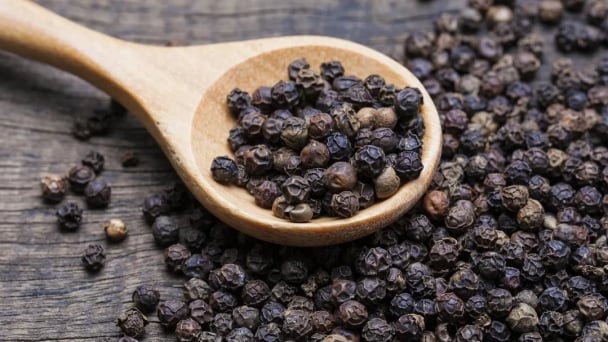
(VAN) Pepper prices on May 27, 2025, recorded a slight increase in Indonesia, while domestic prices remain stable, trading at VND 146,000 to VND 147,000/kg.